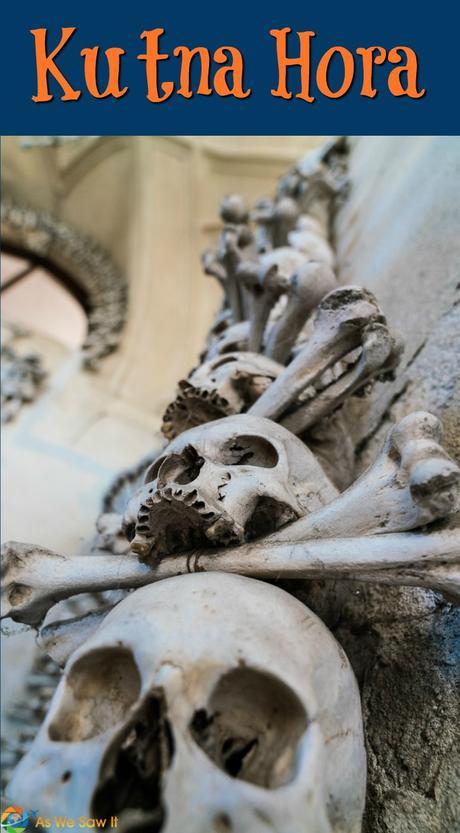While it may appear to be a rather unassuming town, Kutná Hora is a popular tourist destination, and its most sensational attraction is Sedlec Ossuary, the famous “bone church.”
To be honest, we’re not fans of the ghoulish or macabre and usually avoid sensational spooky stuff, but in our opinion it would have been hard to say we’d seen Kutna Hora without visiting the famous ossuary. Besides, it’s a part of the official Kutna Hora UNESCO site so we made an exception: We really had to see this place.
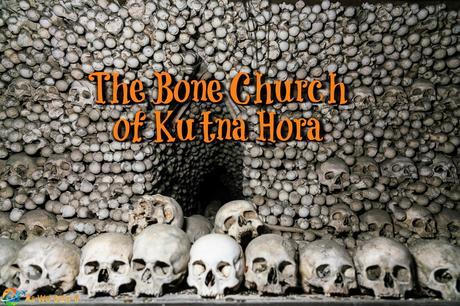
The Sedlec Ossuary story begins in the 13th century when the abbot of Sedlec monastery, returned from a diplomatic mission to the Holy Land, carrying a handful of earth from Golgotha, the site of Jesus’ crucifixion. Thinking to bless the church, he sprinkled it on the consecrated ground surrounding the Chapel of All Saints.
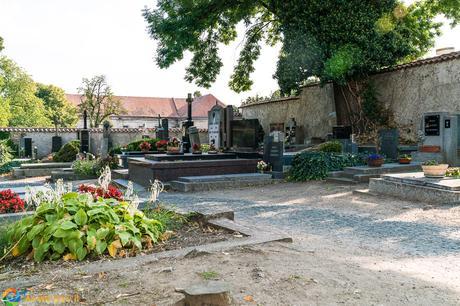
This simple act elevated the churchyard’s appeal so much that – pardon the pun – people were dying to get in. Suddenly this cemetery became a coveted burial place for wealthy and poor people throughout Central Europe. This worked well until the black plague of 1318, when 30,000 people were buried in the cemetery. The Hussite wars contributed even more, and eventually burial space became hard to find.
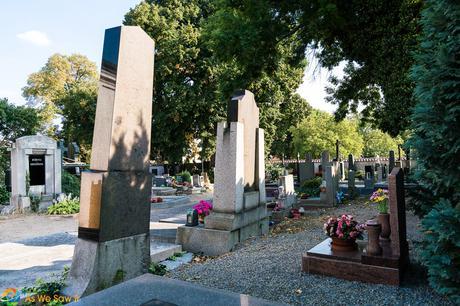
The clever abbot decided to make way for newcomers by exhuming the bones of the cemetery’s 40,000 current inhabitants. He took advantage of a basement chapel that had been built on site and the bones ended up there in a big heap until they could figure out what to do with them.
A century later, a half-blind monk was given the task to organize the overcrowded area’s 40,000 remains. With such a daunting task ahead of him, he efficiently piled the various bones atop one another along the edges and corners of the crypt and left room in the middle for the faithful to worship. Those gigantic piles of skulls and bones tower higher than a man can reach.
Tip: Those with mobility difficulties should be aware that the chapel is accessed by about 25 rather steep steps. However, a wheelchair lift is available. Once in the ossuary the area is clear and the floor is smooth.

Why Sedlec Ossuary is unique
Anyone who thinks, “Okay, but piles of bones can be seen in ossuaries worldwide,” is not far wrong. That is what “ossuary” means, after all. What makes the one at Sedlec special can be credited to a local woodcarver named František Rint. In 1870 the House of Schwarzenberg, which owned much of the surrounding land, hired him to better organize the bones. Rather than just create more piles, the visionary artist used the various shapes of skeleton bits to create elaborate designs and sculptures in the chapel, as well as assorted garlands of bones and skulls overhead.
The ossuary is still a bona fide chapel. Regular worship services were held there regularly until recently, when the number of curiosity-seekers became too disruptive.

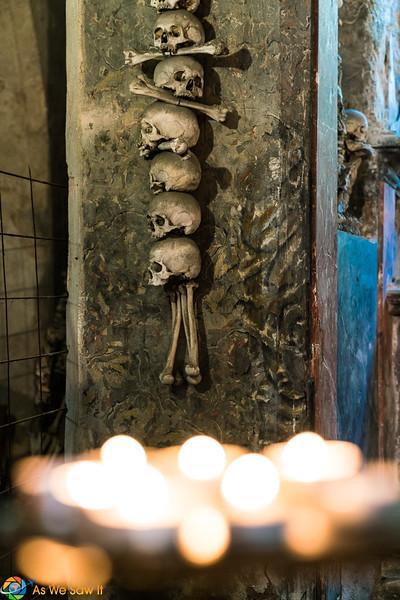
Highlights of Sedlec Ossuary
Some of Master Rint’s most interesting creations are:
- the chandelier in the center of the nave, containing all the bones of the human body,
- two monstrances beside the main altar,
- the coat-of arms of the Schwarzenberg noble family on the left-hand side of the chapel and
- Master Rint’s signature, put together from bones, on the chapel’s right-hand wall.
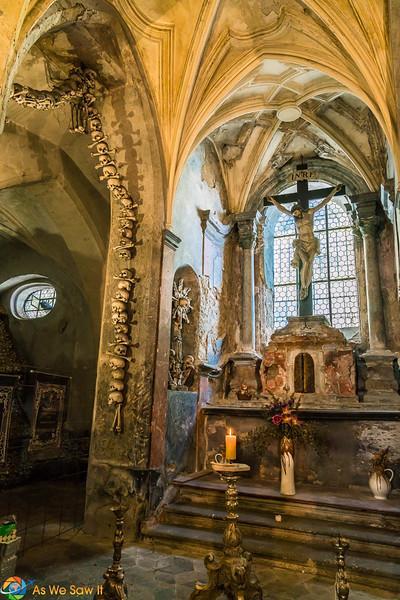
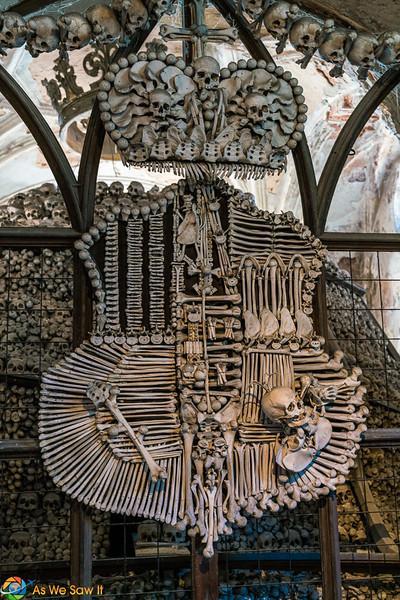
We were disappointed to find the ossuary’s centerpiece chandelier missing when we were there; it had been removed for cleaning. I guess it must get really dusty down there.
Inspired to visit?
- For opening times and admission prices, see the official Sedlec Ossuary website.
- You can see more shots of Sedlec Ossuary’s bone art and more in our Kutna Hora Photo Gallery.
- Getting there: Sedlec is 2.5 km from Kutna Hora. For those who don’t wish to walk, a tourist bus connects Sedlec with the center of Kutná Hora and the church of St. Barbara. More information about the service is available at the Visitors’ Center and at the Ossuary ticket desk. A ride costs 35 CZK.
- For more information about what to see around Kutna Hora, visit the official Czech Tourism website.
- Pin it: Add this to your Pinterest board to save this article for later.
